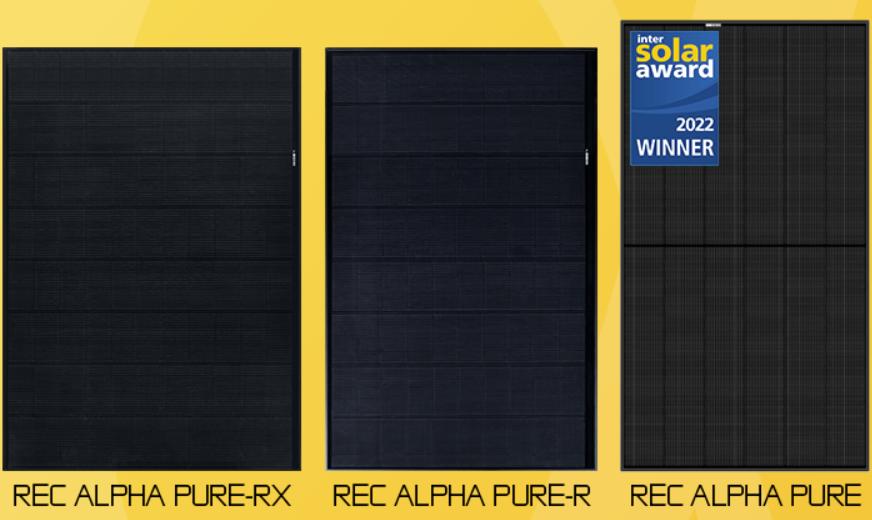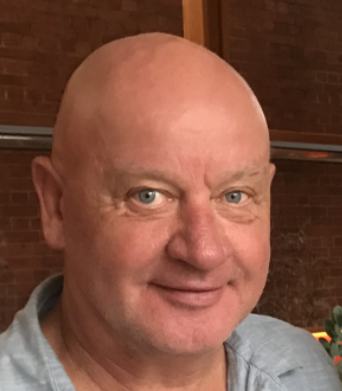
REC solar panel review - Updated January 2024
I'm going to start with a big problem with REC Pure R 410W panels.
This is the top of the REC range, the Premium panel.
Their all-black look is fantastic, with heterojunction cells... but their voltage is too high.
What that high voltage means is that you can only connect 3.69kW of panels per inverter string.
A typical 5kW or 6kW inverter has two strings so a maximum of 7.38kW.
A 10kW inverter usually has three strings, so 11.07kW
Compare that to over 6kW per string for a typical low-voltage panel from JinKo, LonGi, Risen etc.
Please also note that the restrictions are due to Australia's unique AS4777.2.2000 standard. Elsewhere, no problem.
This high voltage also restricts which Enphase micro inverters you can use, if you plan to go down that path.
REC Solar were originally a Norwegian company manufacturing middle and top end panels in Singapore.
REC were then acquired by Chem China but continued to manufacture the same panels in Singapore.
In 2021, Reliance Industries of India acquired REC.
Reliance have been in the news recently for being a major buyer of Russian oil since the Ukraine invasion.
In 2022, the very same Reliance Industries acquired UK based Faradian and will now be using their technology advances to make Sodium Ion batteries.
This is very exciting news because there is every chance that battery prices will fall significantly, a prospect that was looking unlikely to happen with Lithium based batteries.
Sodium is abundant on planet Earth, Lithium is rare but until recently, Lithium was much more energy and weight efficient.
Not so anymore thanks to Faradian, so we can expect the same Lithium Ion battery production lines to start producing cheaper Sodium Ion batteries soon...hopefully.
Anyway, that aside, you came to this page to read about REC solar panels so let's get back to that.
REC make their panels in Singapore.
They are almost always 'all-black' making them aesthetically appealing on many types of roof.
There is a slightly cheaper TWIN Peak 5 model but the one in most demand is the Alpha.
This has gone from just 'Alpha' to 'Alpha Pure R' and soon 'Alpha Pure RX'
The upcoming Pure- RX panel has high voltages than the Pure R, with only a maximum of 3.84kW to a string (8 x 480W).
What all of these Alpha's have in common is Heterojunction Cells.
If you want to read a very good description of what these cells are, I refer you to this...
For the condensed version, heterojunction celled panels are considered...
1. More roof space efficient than others.
2. Perform better in the heat.
3. Have a possibly longer life expectancy.
That all sounds like very good reasons to pay double the price.
And they ARE double the price of a regular 'N' type JinKo, Trina, LonGi, Risen etc.
The problem I have with this though is that, well, it just ain't so.
The efficiency of the Alpha Pure R 410W panel is 21.2%. That's the model currently available in Perth from BayWa RE.
The efficiency of the Risen 440W panel is 22.5% and the Risen is literally less than half the price and has a longer warranty.
Not singling out Risen, the same is true for many other 'regular panels'.
25 years is the 'norm' these days with several offering 30 years defect and output warranties.
I'll likely be dead, but disappointed, if in 25-30 years time we haven't found something better than huge solar panels to make power.
The second advantage of performing better in the heat is true, but only very very slightly.
The temperature coefficient of Voc for the Alpha Pure R is -0.24% per % C of temperature increase.
Regular panels like the Risen or JinKo are -0.25%.
Longer life expectancy? RECs warranties don't offer anything special compared to regular panels.
In my view, the reasons for choosing REC are much simpler than any real benefits of this heterojunction technology.
They aren't made in China.
They are made to a very high standard.
They look great, all-black.
They aren't made in China.
They have a good warranty.
They have a proven record of reliability.
And, most importantly, they aren't made in China.
I really wish I'd found a more positive way to portray REC.
The panels are exceptionally well made, great-looking and clearly top quality.
Heterojunction cells are, in theory at least, a step up from the normal.
High panel voltage won't be a problem for most regular 6.6kW installs as long as each string is 9 panels or less.
I've never once had to contact REC for support which means they are very reliable.
And they aren't made in China.
You can see the latest REC panel range here on their Australian website.
(08) 9467 9655
or email
This review was written by Andrew MacKeith, Solar4Ever service manager since 2011.
